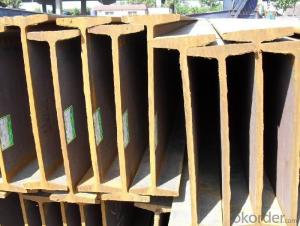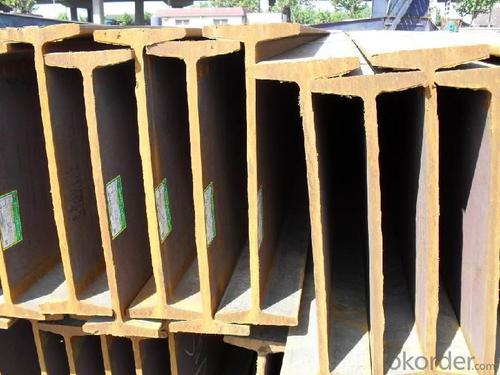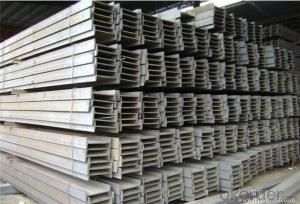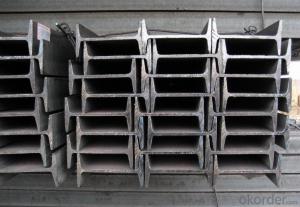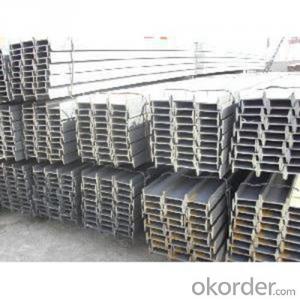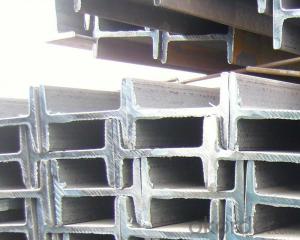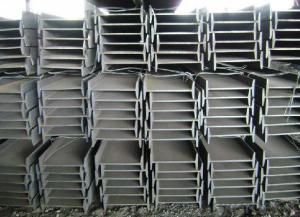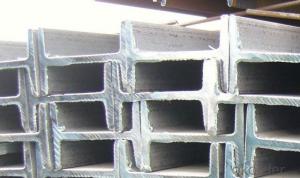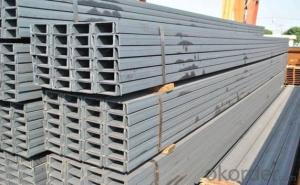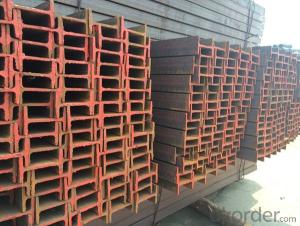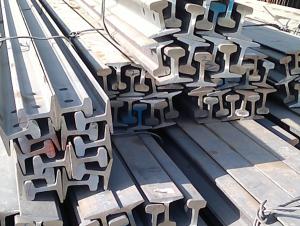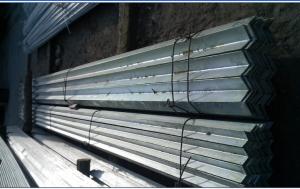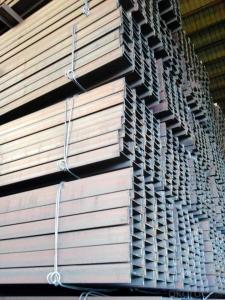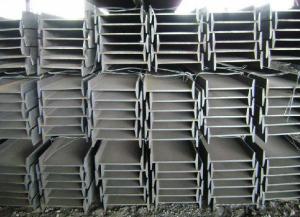Mild Steel I Beams IPE/IPEAA Q235, A36, S235JR
- Loading Port:
- Tianjin
- Payment Terms:
- TT OR LC
- Min Order Qty:
- 25 m.t.
- Supply Capability:
- 200000 m.t./month
OKorder Service Pledge
OKorder Financial Service
You Might Also Like
Specification
Product Description:
OKorder is offering Mild Steel I Beams IPE/IPEAA Q235, A36, S235JR at great prices with worldwide shipping. Our supplier is a world-class manufacturer of steel, with our products utilized the world over. OKorder annually supplies products to European, North American and Asian markets. We provide quotations within 24 hours of receiving an inquiry and guarantee competitive prices.
Product Applications:
Mild Steel I Beams IPE/IPEAA Q235, A36, S235JR are widely used in various construction structures, bridges, autos, brackets, mechanisms and so on.
Product Advantages:
OKorder's Mild Steel I Beams IPE/IPEAA Q235, A36, S235JR are durable, strong, and resist corrosion. The goods is produced from the steel billets of high quality. And can be used widely.
Main Product Features:
· Premium quality
· Prompt delivery & seaworthy packing (30 days after receiving deposit)
· Corrosion resistance
· Can be recycled and reused
· Mill test certification
· Professional Service
· Competitive pricing
Product Specifications:
1. Product name: Mild Steel I Beams IPE/IPEAA Q235, A36, S235JR
2. Production Standard: EN10025, GB Standard, ASTM, JIS etc.
3. Steel Grade: Q235B, A36, S235JR, Q345, SS400 or other equivalent.
4. Length: 5.8M, 6M, 9M, 10M, 12M or as your requirements
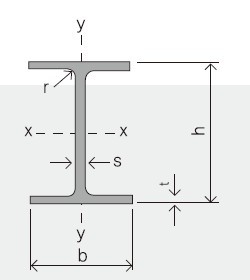
Section | Standard Sectional Dimensions(mm) | ||||
h | b | s | t | Mass Kg/m | |
IPE80 | 80 | 46 | 3.80 | 5.20 | 6.00 |
IPE100 | 100 | 55 | 4.10 | 5.70 | 8.10 |
IPE120 | 120 | 64 | 4.80 | 6.30 | 10.40 |
IPE140 | 140 | 73 | 4.70 | 6.90 | 12.90 |
IPE160 | 160 | 82 | 5.00 | 7.40 | 15.80 |
IPE180 | 180 | 91 | 5.30 | 8.00 | 18.80 |
IPE200 | 200 | 100 | 5.60 | 8.50 | 22.40 |
IPE220 | 220 | 110 | 5.90 | 9.20 | 26.20 |
IPE240 | 240 | 120 | 6.20 | 9.80 | 30.70 |
IPE270 | 270 | 135 | 6.60 | 10.20 | 36.10 |
IPEAA80 | 80 | 46 | 3.20 | 4.20 | 4.95 |
IPEAA100 | 100 | 55 | 3.60 | 4.50 | 6.72 |
IPEAA120 | 120 | 64 | 3.80 | 4.80 | 8.36 |
IPEAA140 | 140 | 73 | 3.80 | 5.20 | 10.05 |
IPEAA160 | 160 | 82 | 4.00 | 5.60 | 12.31 |
IPEAA180 | 180 | 91 | 4.30 | 6.50 | 15.40 |
IPEAA200 | 200 | 100 | 4.50 | 6.70 | 17.95 |
5.Color marking: There will be color marking on both end of the bundle for the cargo delivered by bulk vessel. That makes it easily to distinguish at the destination port.
Tag mark: there will be tag mark tied up on the bundles. The information usually including supplier logo and name, product name, made in China, shipping marks and other information request by the customer.
If loading by container the marking is not needed, but we will prepare it as customer request.
6. Shipment Items: By containers or by bulk cargo. Depends on customers
FAQ:
Q1: Why buy Mild Steel I Beams IPE/IPEAA Q235, A36, S235JR China from OKorder.com?
A1: All products are carefully selected from China's most reliable manufacturing enterprises. Through its ISO certifications, OKorder.com adheres to the highest standards and a commitment to supply chain safety and customer satisfaction. We can guarantee the quality!
Q2: The products are invoicing on theoretical weight or on actual weight?
A2: We can do it in both manners, it’s according to buyer's requirement.
Q3: Can you offer the third part inspection certificates ?
A3: Yes, we can apply third part inspection before shipping, such as SGS, BV, etc .
Images:
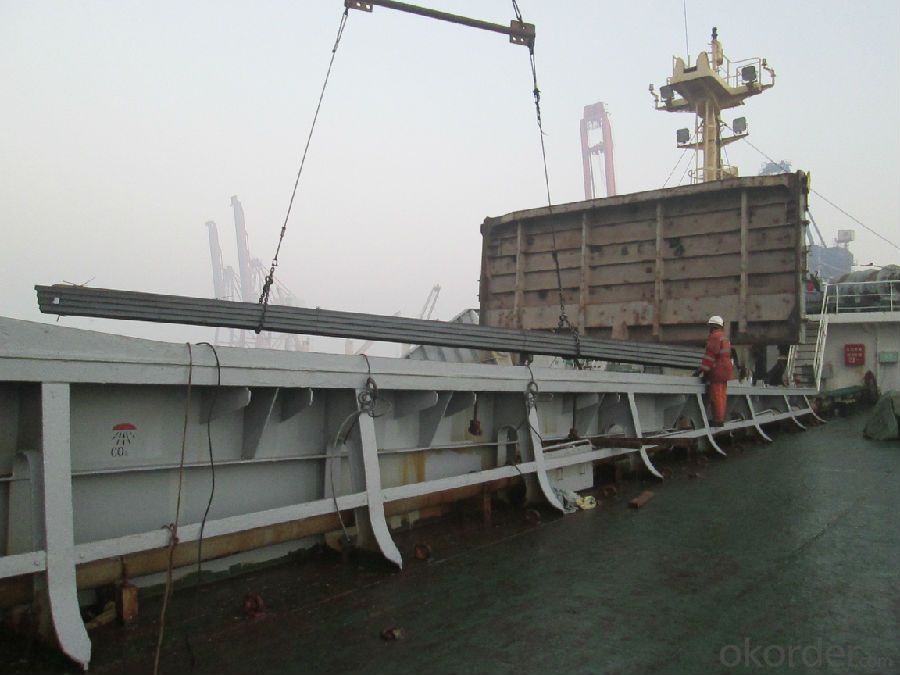
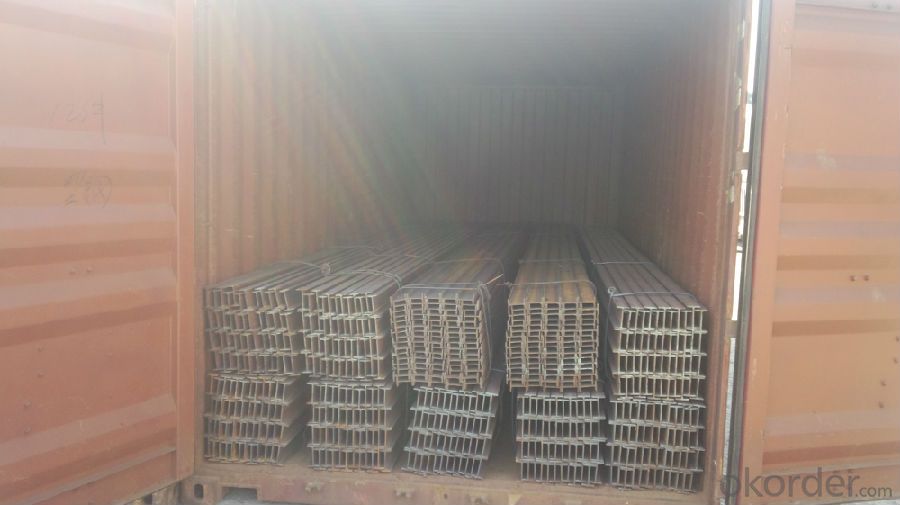
- Q: What are the different types of steel connections used for composite I-beams?
- There are various types of steel connections commonly used for composite I-beams, including shear connectors, welding, and bolted connections. Shear connectors are typically welded or shot-fired onto the steel beam, allowing for the transfer of shear forces between the steel and concrete components. Welding is another common method, where the steel beam and concrete slab are fused together using heat. Bolted connections involve using bolts to connect the steel beam to the concrete slab, providing flexibility for disassembly and maintenance. Each type of connection offers different advantages and may be selected based on factors such as load capacity, construction requirements, and cost efficiency.
- Q: Are steel I-beams suitable for agricultural or industrial buildings?
- Indeed, agricultural and industrial buildings can rely upon steel I-beams as a suitable option. Renowned for their robustness and resilience, steel I-beams prove themselves as an excellent choice for bearing substantial burdens and enduring severe weather. Their versatility extends to various agricultural and industrial uses, encompassing the support of roofs, walls, and floors, as well as providing structural reinforcement for equipment and machinery. Moreover, steel I-beams exhibit resistance against pests, fire, and decay, rendering them a durable and economically sound selection for agricultural and industrial constructions.
- Q: How are steel I-beams used in commercial construction?
- Steel I-beams are commonly used in commercial construction as structural support elements. These beams are designed to withstand heavy loads and provide stability to the building. They are often used as columns, beams, and framework in the construction of high-rise buildings, warehouses, bridges, and other large-scale structures. The I-shape of the beam helps distribute the weight evenly, making it a reliable choice for supporting heavy loads over long spans.
- Q: Can steel I-beams be used in the construction of airport terminals?
- Airport terminals can indeed incorporate steel I-beams for their construction. These I-beams are widely employed in the field of construction due to their remarkable strength and capacity to bear loads. They offer exceptional support and stability, rendering them suitable for the creation of large-scale structures like airport terminals. By utilizing steel I-beams in the construction of airport terminals, the structures are equipped to withstand substantial weights, including the roof, floors, and other terminal components. Moreover, steel I-beams can be precisely manufactured to meet specific requirements, facilitating efficient construction and ensuring the terminal's structural integrity. All in all, employing steel I-beams in the construction of airport terminals is a dependable and widely accepted practice within the industry.
- Q: Are there any specific codes or regulations governing the use of steel I-beams?
- Yes, there are specific codes and regulations that govern the use of steel I-beams in construction. These codes and regulations are put in place to ensure the safety and structural integrity of buildings and other structures. In the United States, the American Institute of Steel Construction (AISC) provides the primary code for steel construction, known as the AISC 360 - Specification for Structural Steel Buildings. This code outlines the requirements for the design, fabrication, and erection of steel structures, including I-beams. It covers various aspects such as material properties, design loads, member proportions, connections, and construction tolerances. Additionally, local building codes enforced by state or municipal authorities may provide additional guidelines and requirements for the use of steel I-beams. These codes typically adopt or reference national standards, such as the AISC code, and may include specific provisions based on regional factors like seismic activity, wind loads, or local construction practices. It is essential for architects, engineers, and contractors to comply with these codes and regulations when using steel I-beams to ensure the safety and stability of the structures they construct. Adhering to these standards helps ensure that the design, fabrication, and installation of steel I-beams meet the necessary requirements for structural integrity and durability.
- Q: Are steel I-beams suitable for supporting glass curtain walls?
- Yes, steel I-beams are suitable for supporting glass curtain walls. Steel I-beams have excellent strength and load-bearing capabilities, making them a common choice for structural support in various construction applications, including glass curtain walls. The rigidity and durability of steel I-beams ensure the necessary stability and support required for the weight and wind loads of glass curtain walls.
- Q: Can steel I-beams be used in underground applications?
- Indeed, underground applications can make effective use of steel I-beams. These beams, widely utilized in construction due to their exceptional strength and durability, can provide structural support for overhead loads and withstand pressure from the surrounding soil or rock. Their ability to bear substantial weight allows for customization to meet the unique demands of underground projects. Moreover, steel I-beams possess fire-resistant properties, rendering them ideal for underground applications where fire safety is paramount. In summary, steel I-beams are a dependable and adaptable option for supporting structures in underground construction.
- Q: What are the factors to consider when selecting the appropriate steel grade for I-beams?
- When selecting the appropriate steel grade for I-beams, there are several factors that need to be taken into consideration. These factors include the required strength and load-bearing capacity, the environmental conditions and exposure to corrosive elements, the fabrication and welding requirements, and the cost. One of the primary factors to consider is the required strength and load-bearing capacity of the I-beams. Different steel grades have varying levels of strength, which are measured in terms of yield strength and ultimate tensile strength. The chosen steel grade should be able to withstand the expected loads and stresses without experiencing deformation or failure. Engineers typically calculate the required strength based on the design specifications and the intended application of the I-beams. Another crucial factor to consider is the environmental conditions and exposure to corrosive elements. If the I-beams will be used in an outdoor or marine environment, where they may come into contact with moisture, saltwater, or chemicals, it is essential to select a steel grade that has excellent corrosion resistance properties. Stainless steel, for example, is known for its high resistance to corrosion and is often used in such environments. The fabrication and welding requirements are also significant factors to consider. Different steel grades have varying machinability and weldability characteristics. Some grades may be easier to fabricate and weld, while others may require more specialized techniques or equipment. It is important to choose a steel grade that can be easily worked with and welded to ensure the proper construction and assembly of the I-beams. Cost is another factor that cannot be overlooked when selecting the appropriate steel grade for I-beams. Different steel grades have different costs associated with their production and availability. It is important to strike a balance between the required strength and quality of the steel grade and the overall project budget. It may be necessary to consult with steel suppliers or experts to find the most cost-effective option that meets the required specifications. In summary, when selecting the appropriate steel grade for I-beams, it is crucial to consider factors such as the required strength and load-bearing capacity, environmental conditions, fabrication and welding requirements, and cost. By carefully evaluating these factors, engineers can ensure that the chosen steel grade is suitable for the intended application and will provide the necessary structural integrity and performance.
- Q: Are steel I-beams prone to sagging over time?
- Steel I-beams are designed to be sturdy and resistant to sagging over time. They are commonly used in construction due to their high strength-to-weight ratio and their ability to withstand heavy loads. However, it is important to note that any structural element can experience sagging or deflection under certain conditions. The potential for sagging in steel I-beams depends on several factors, including the span or distance between supports, the load applied to them, the material quality, and the design and construction of the overall structure. If the I-beams are properly designed, installed, and maintained, they should not experience significant sagging over time. To minimize the risk of sagging, engineers take into account the expected loads and deflection limits when designing structures. They consider factors such as the weight of the materials being supported, live loads (such as people or equipment), and environmental conditions. By using appropriate calculations and safety factors, engineers ensure that the I-beams have the necessary stiffness and strength to support the intended loads without excessive sagging. Regular inspections and maintenance of the structure are also crucial to prevent sagging. Over time, factors such as corrosion, foundation settlement, or changes in load distribution can affect the performance of the I-beams. Timely repairs, adjustments, or reinforcements can help maintain their integrity and prevent sagging. In summary, while steel I-beams are generally resistant to sagging, their performance depends on various factors. Proper design, installation, maintenance, and monitoring are essential to ensure their long-term stability and prevent sagging.
- Q: What is the flange thickness of I-beam?
- I-beam is also called steel girder (English name Universal Beam). It is a strip of steel with an I-shaped section. I-beam is divided into ordinary I-beam and light I-beam, H steel three. It is a section steel whose shape is trough.
Send your message to us
Mild Steel I Beams IPE/IPEAA Q235, A36, S235JR
- Loading Port:
- Tianjin
- Payment Terms:
- TT OR LC
- Min Order Qty:
- 25 m.t.
- Supply Capability:
- 200000 m.t./month
OKorder Service Pledge
OKorder Financial Service
Similar products
Hot products
Hot Searches
Related keywords
